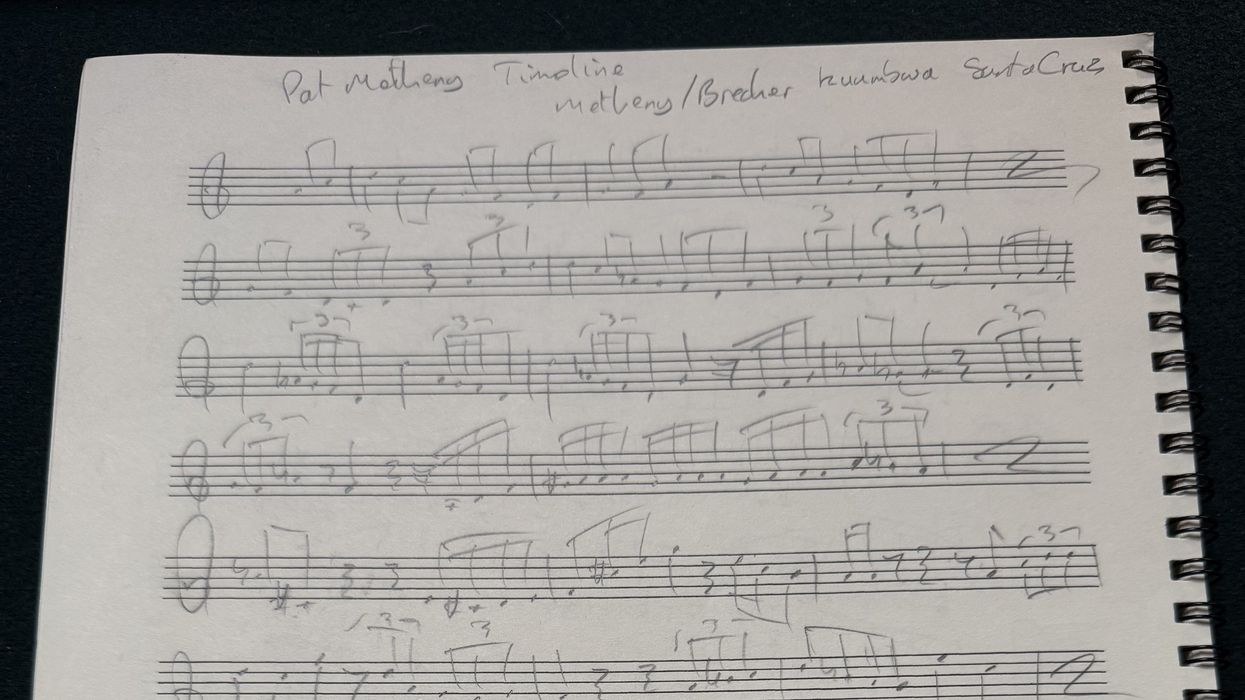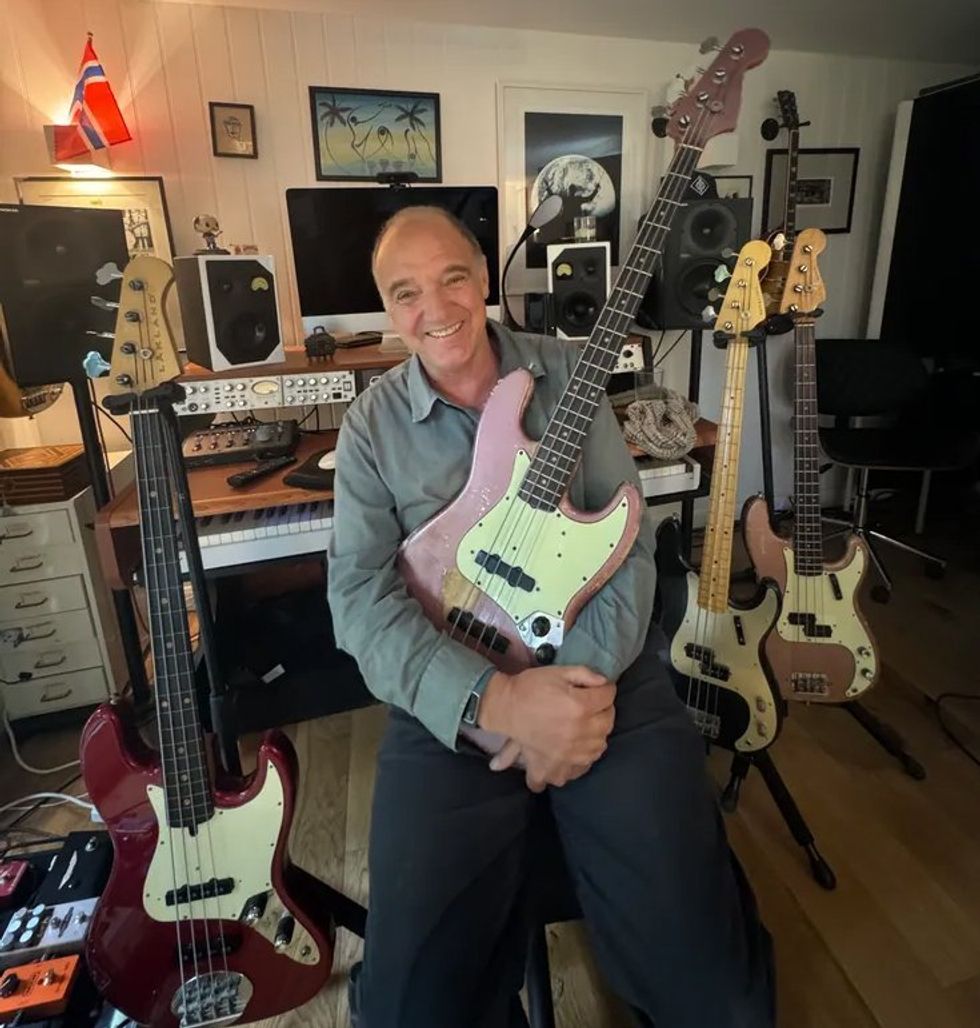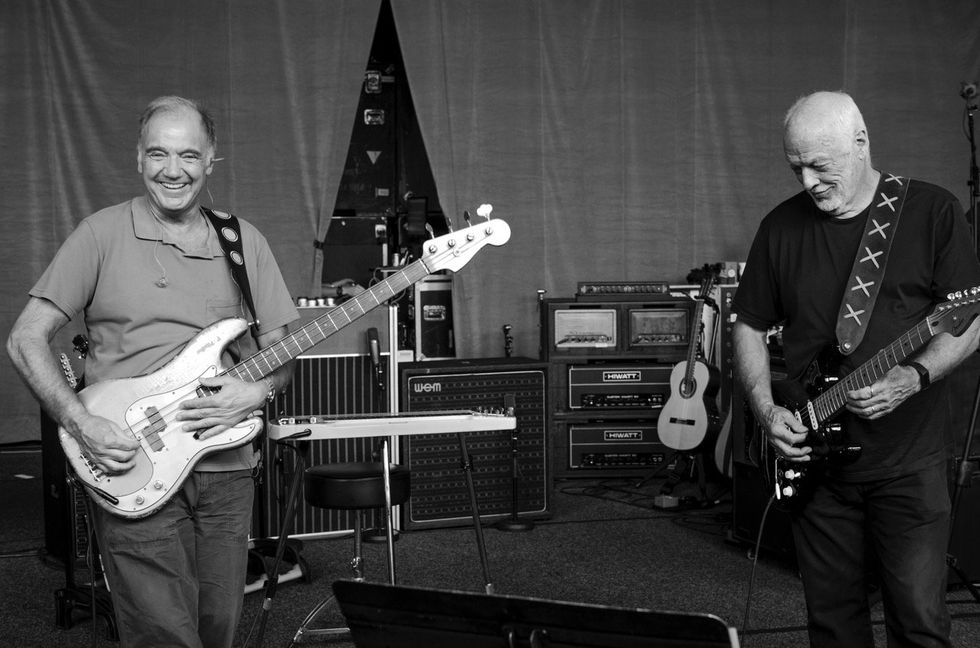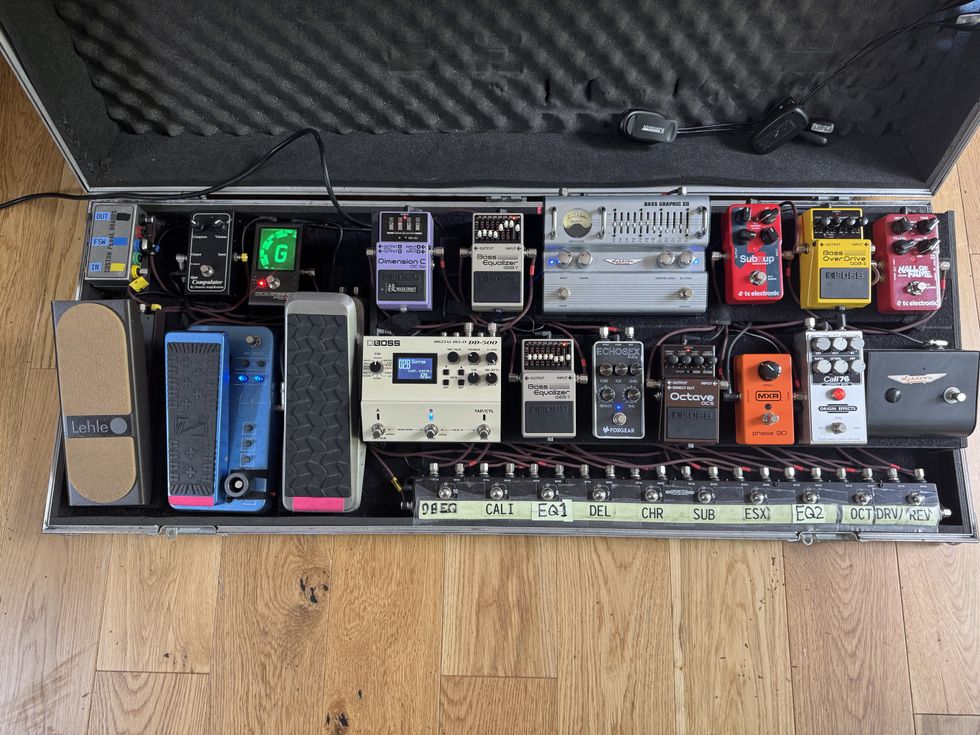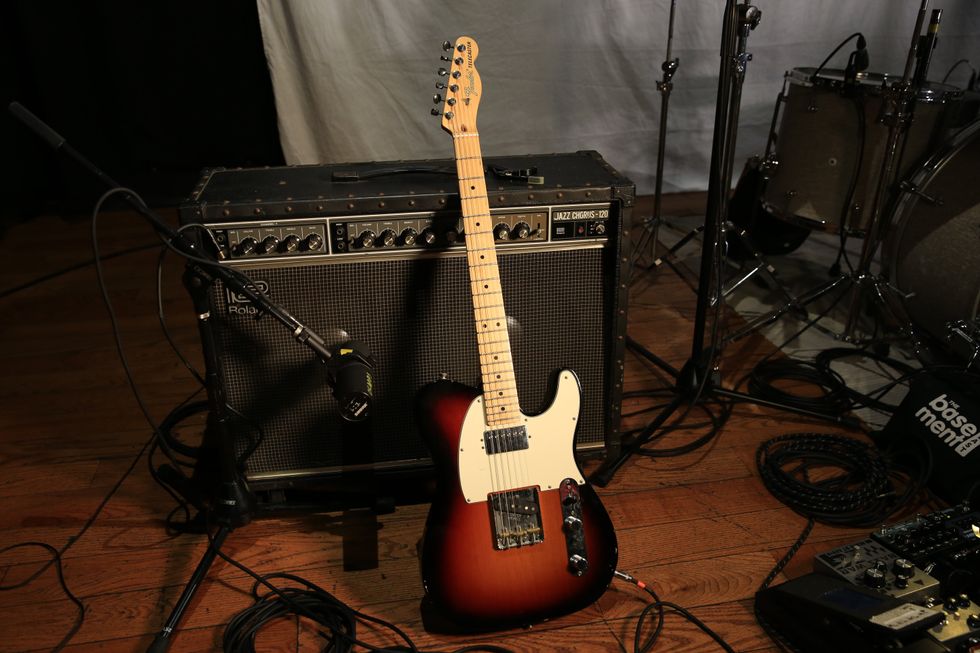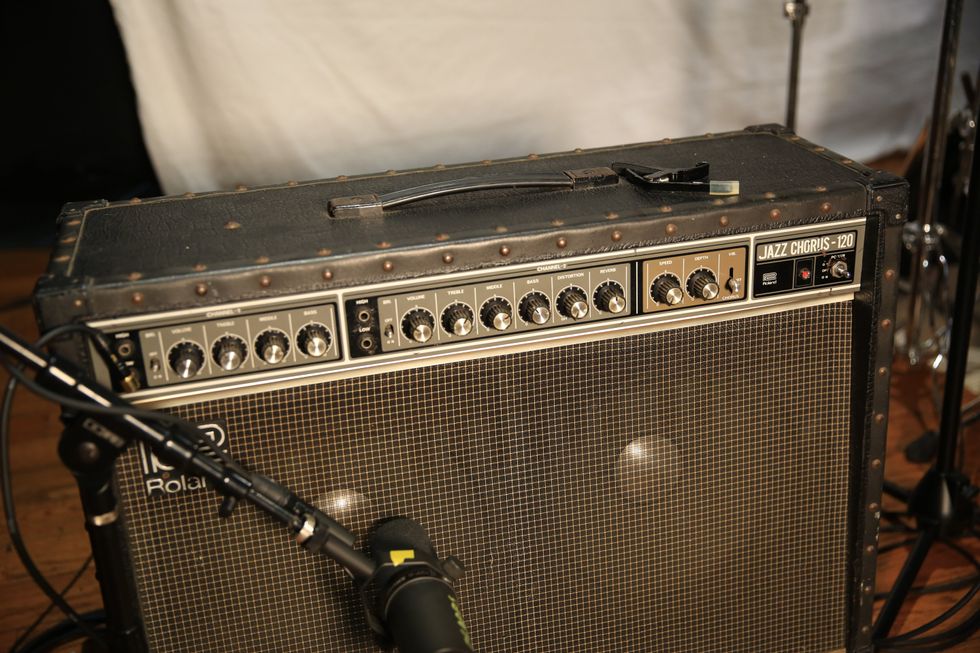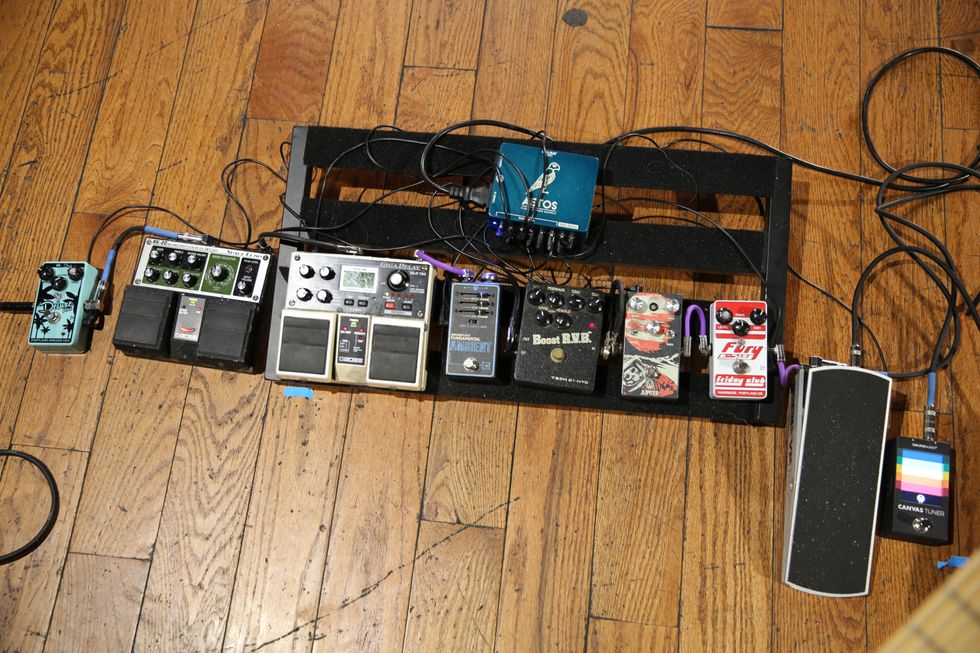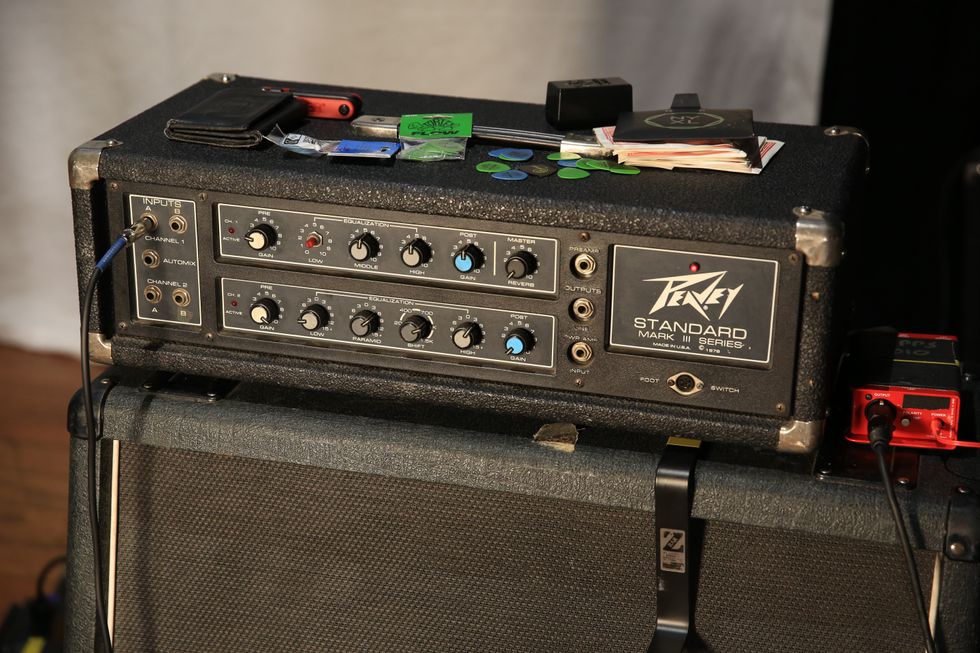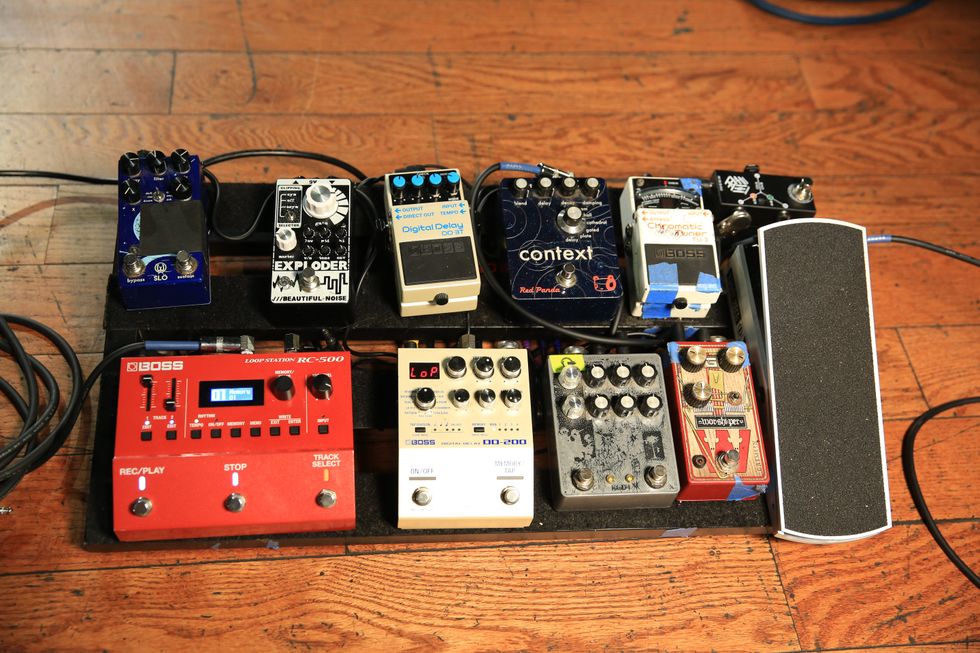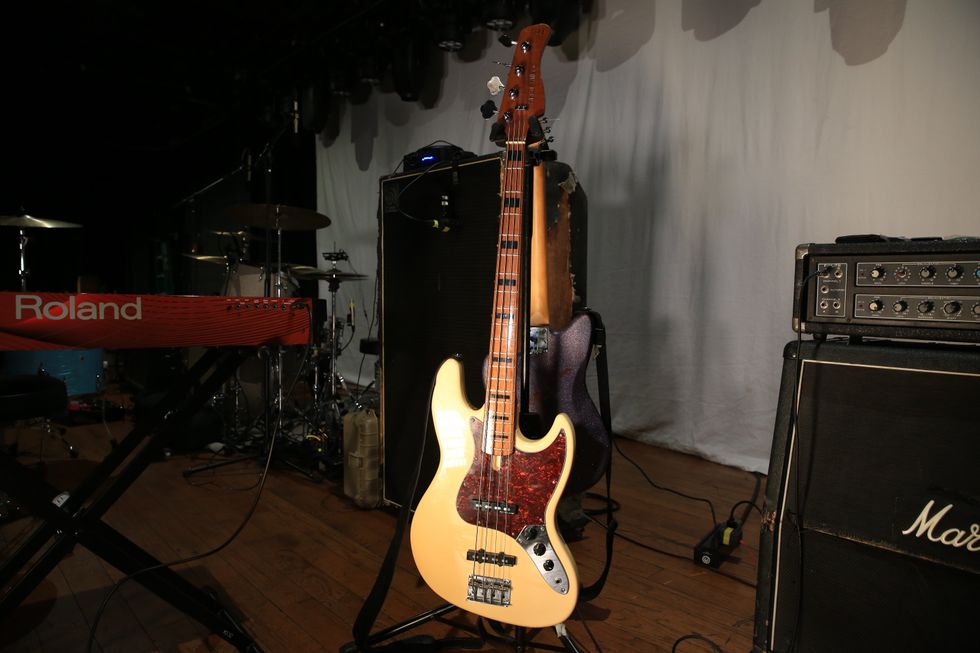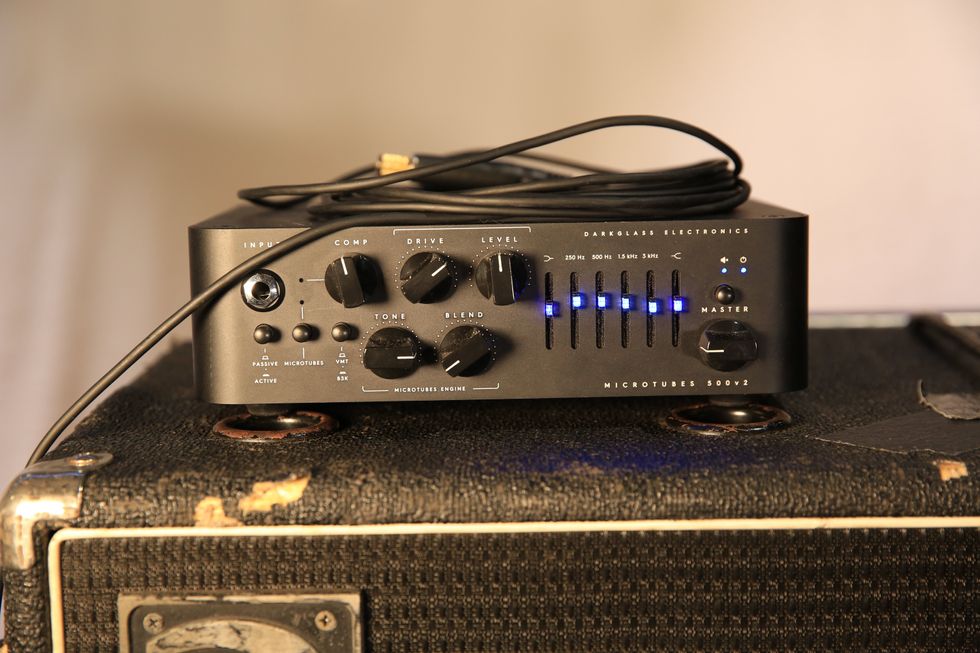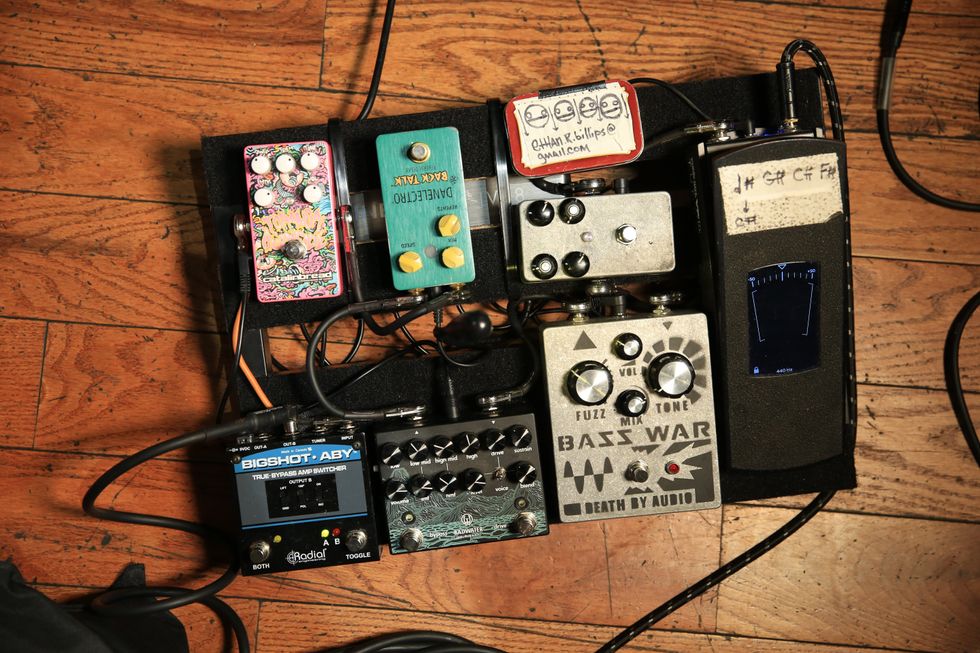I’ve been scouring the planet for great basses for well over 30 years. I’ve been on so many wild goose chases I could write a book. Usually, a guy knows a guy whose uncle heard of a girl whose husband left, and she has this bass that belonged to his brother… yadda yadda... Most of the time the chase is futile, but occasionally, the gods smile and I turn up a good bass. On rare occasions, I turn up a piece of history. This story is about such a bass.
The bass I went in search of was none other than the 1960 Jazz Bass owned by Walter “Uncle Bookie” Booker. While Booker is not a household name in the rock world, he was The Don, The Big Kahuna, in jazz circles. Among the folks he played with were Cannonball Adderly, Thelonious Monk, Stan Getz, Sonny Rollins, Sarah Vaughan, Chick Corea… the list goes on. I have never in my 35 years as a bass player been this fortunate, indeed blessed.
How It All Started
About a month or so before the adventure began, my shop sold a wonderful ‘70s Jazz Bass to a really nice guy. The guys at the shop called me up and asked me if we had room on the price. I was in a good mood, so I said, “If the customer is a nice guy, cut him a break.” They gave him the price, and he scratched his head and said he’d be back. “Ok,” I thought, “another tire kicker.” The client came back in the next day, though, and paid in full. He didn’t have all the cash the day before and didn’t want to lay it away. He had a question, so we chatted over the phone. That’s how I got to be friends with Jerry Barnes (though it hadn’t dawned on me then that it was the Jerry Barnes).
Later that week, I got another call: “Kev, it’s Jerry. My brother wants a J. What else do you have?” I was just back from the Arlington and Philly guitar shows, so that weekend Jerry, his brother and sister-in-law came over to my home and we played J-basses all afternoon. After a few hours, Jerry took a bass out of a gig bag to show me. It was owned by a friend of his, he told me, and the owner had no idea what the bass really was. He wanted to know the wholesale and retail values, along with the pedigree.
This bass was a disaster! But even though it was a total wreck, it vibed me like no bass had in a long time. I mentioned that if it were ever for sale, I’d love to take it on as an aggressive project. About two weeks went by and I got another call: “Kev, it’s Buddy… Buddy Williams, Jerry’s friend.” I was thinking, “Wow, this is a coincidence. One of the hottest drummers in the world is named Buddy Williams. Jerry confirmed it, though—it was that Buddy Williams. I’ve met hundreds of famous folks, and I always said the only person who I knew would tongue-tie me would be Paul McCartney. Buddy tongue tied me! When I met him, I said it was a pleasure to meet one of my heroes. He was a true gentleman and very humbly, as is Jerry. When they were talking about the bass, Jerry kept referring to it as “Bookie’s bass,” and Buddy referred to it as “Uncle’s bass” and “Bookie’s bass.” I was thinking the bass belonged to a bookie. It was not until we struck a deal over the phone that I found out this was Walter Booker’s Jazz Bass—I never knew that he was known as Uncle Bookie.
On Cloud Nine
I phoned my pop, since we always talk about the business and my basses. When I told him about the bass I’d just found, Dad said, “That is cool!” (for the first time in about 15 years.) The next day, I left my day job on Wall Street and ventured up to Central Park South on the NYC Subway. Me, a lifelong New Yorker, went the wrong way to Buddy’s Columbus Circle office when exiting the station. Maybe it was sugarplums dancing in my head, or just Christmas in NYC… no, I was just plain fermisht from the anticipation of closing this deal. I met Buddy, handed over the check and walked to Jerry’s studio about 15 minutes away to pick up the bass. Inside, I ran into some old friends. We went to an upstairs office and the Bookie bass was finally mine! After an hour of conversation, I had to venture to Penn Station for the Amtrak home—no case, no gig bag. I couldn’t take the old girl outside naked, so I borrowed a gig bag from Jerry.
Next month, I’ll discuss the bass in full detail. So, until then, drop the gig bag and bring the cannoli!
Kevin Borden
Kevin Borden has been a bass player since 1975 and is currently the principle and co-owner, with “Dr.” Ben Sopranzetti, of Kebo’s Bass Works: kebosbassworks.com. He can be reached at: Kebobass@yahoo.com. Feel free to call him KeBo.






![Rig Rundown: AFI [2025]](https://www.premierguitar.com/media-library/youtube.jpg?id=62064741&width=1245&height=700&quality=70&coordinates=0%2C0%2C0%2C0)












 Shop Scott's Rig
Shop Scott's Rig

![Rig Rundown: Russian Circles’ Mike Sullivan [2025]](https://www.premierguitar.com/media-library/youtube.jpg?id=62303631&width=1245&height=700&quality=70&coordinates=0%2C0%2C0%2C0)



